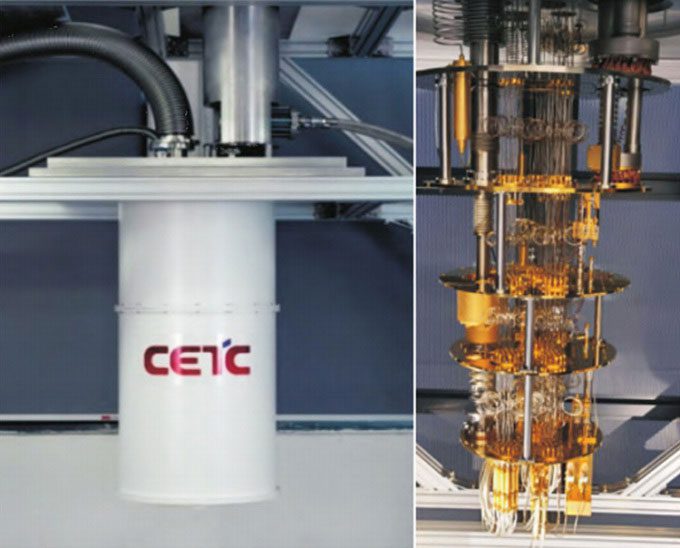Quantum Radar Could Help Detect Asteroids That Traditional Monitoring Methods Might Miss
China is developing a new type of ground radar that operates at extremely cold temperatures for deep space monitoring, SCMP reported on February 11. The radar is expected to achieve unprecedented sensitivity with advanced quantum technology.

Prototype cooling device created by the project team for the quantum space radar. (Photo: Zuo Tao)
The project is led by expert Zuo Tao from the 38th Research Institute of the China Electronics Technology Group Corporation (CETC). The team unveiled part of the radar design in a study published in the journal Cryogenics & Superconductivity.
The research team stated that the quantum radar will primarily be used in China’s planetary defense system, assisting in the detection of asteroids or other unexpected objects that traditional monitoring methods might overlook. Its detection range could extend up to 15 million kilometers—nearly 40 times the distance between Earth and the Moon.
Traditional radar operates by receiving microwaves reflected back after hitting a target. The farther the target, the stronger the microwaves needed.
Quantum radar treats signals as individual particles rather than waves. Utilizing several principles of quantum mechanics, the scientists can extract useful information from extremely weak microwaves that traditional radar generally considers useless, allowing for the identification of smaller targets at greater distances with weaker microwave sources.
According to the research team, the newly designed quantum radar is compatible with existing radar stations. It employs a peculiar theory in quantum physics to capture traditional microwaves as particles. According to this theory, man-made microwave particles differ from natural particles. Thus, quantum radar can separate artificial particles from background noise to create images of previously unseen targets.
Zuo and his colleagues mentioned that the quantum radar project has made significant progress, such as completing a large cooling device that performed well during testing. However, there are still considerable challenges.
For instance, the research team aims to lower the temperature of as many components as possible. However, some parts, like the transmitting antenna, must be exposed to open space, and the connection between cold and hot components poses challenges for engineers.
Moreover, how matter behaves under extremely cold conditions remains somewhat mysterious. The research team indicated that these mysteries could affect the performance of the measurement tools and increase the risk of false alarms.


















































